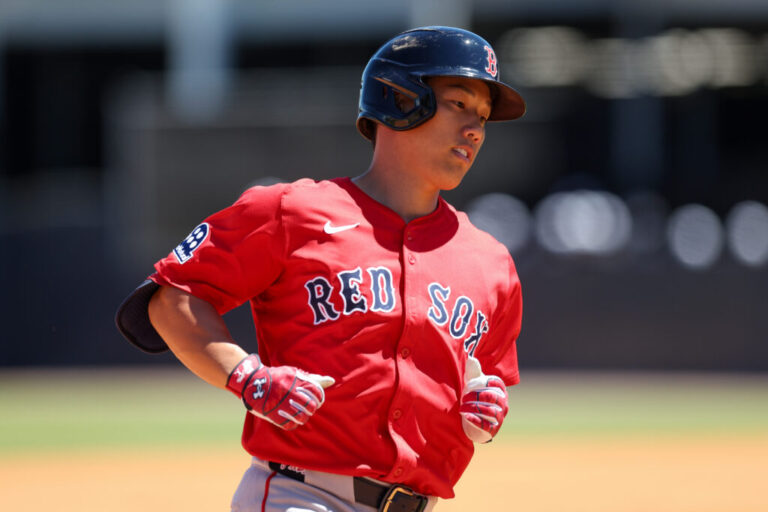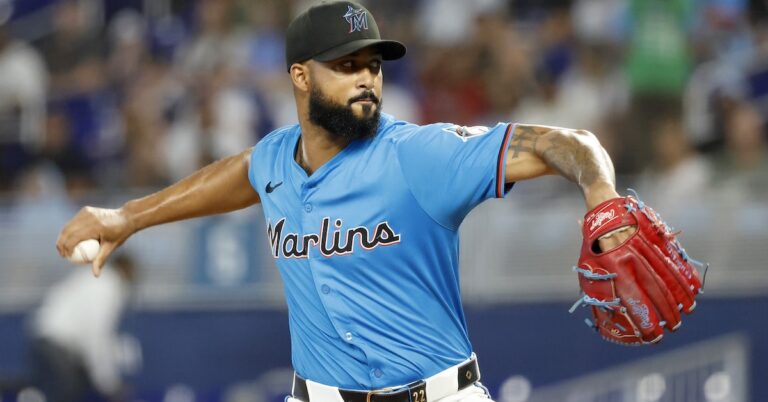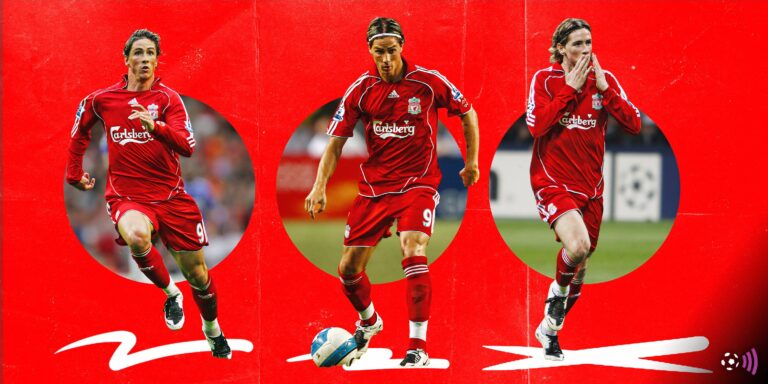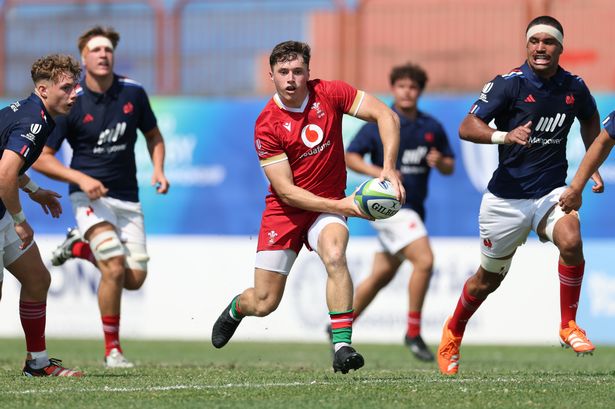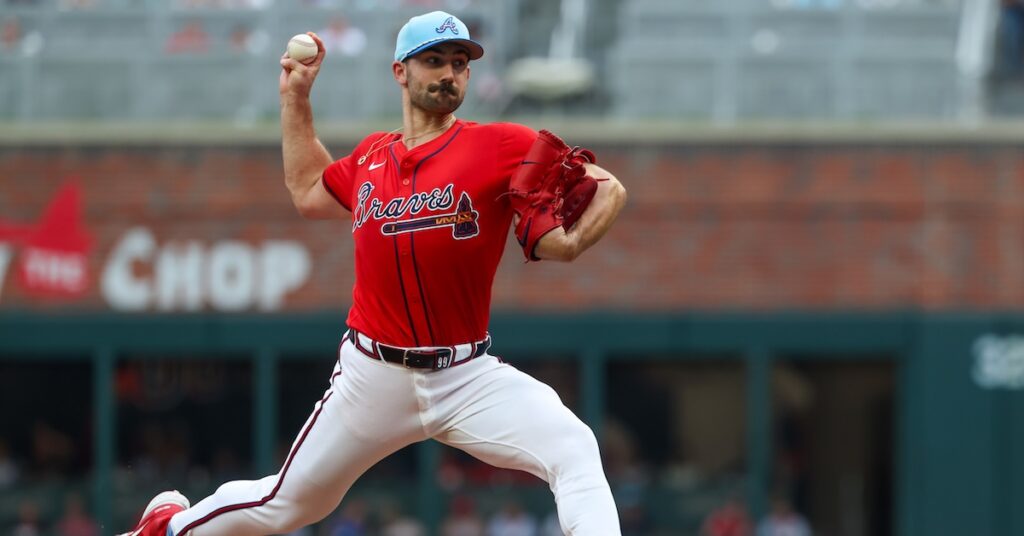
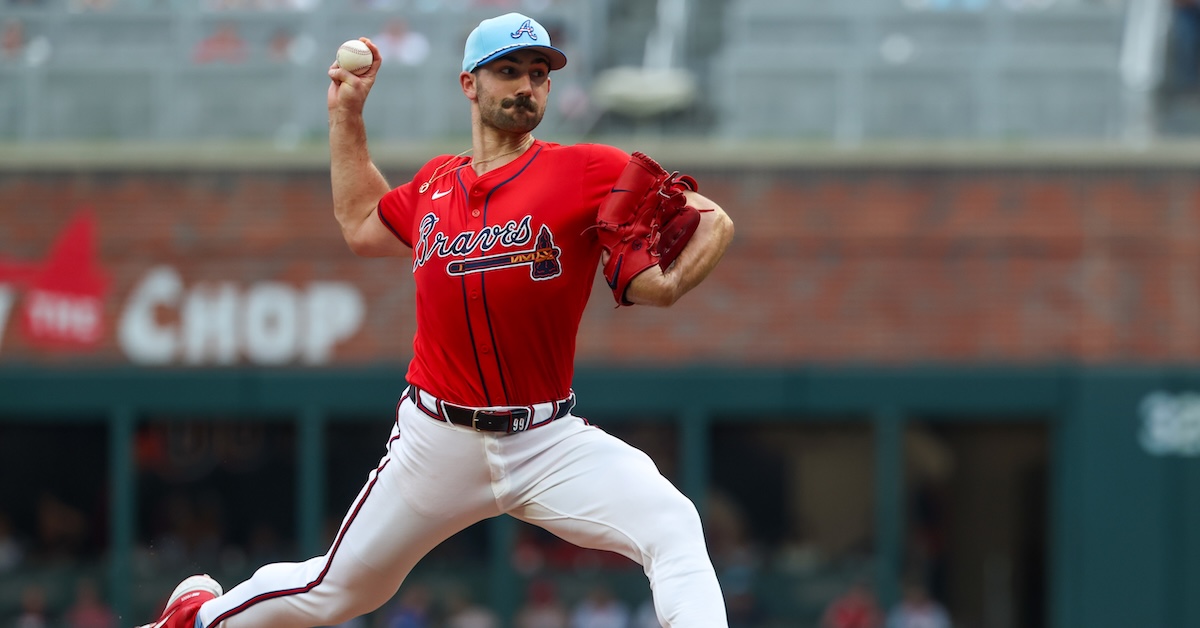
A month ago, I checked in Spencer Strider’s worrisome return from internal brace surgery. After four starts, Strider was 0-4 with a 5.68 ERA and a 6.40 FIP. His fastball had lost two ticks. His arm angle had fallen by seven degrees. He wasn’t getting chases. He wasn’t missing bats. In short, he didn’t look like Spencer Strider. “There’s no way for us to know how long it might take Strider to get back up to speed,” I wrote, “but the longer he looks like this, the more reason there is to worry.” One month later, I return to you with good news. Strider has made six more starts, and over the last five, he is starting to look different. He’s run a 2.70 ERA and a 2.35 FIP. His strikeout rate is up and his walk rate is down. You might even say that Strider is halfway back.
Once again, the velocity is the big ticket item, so let’s not waste any time:
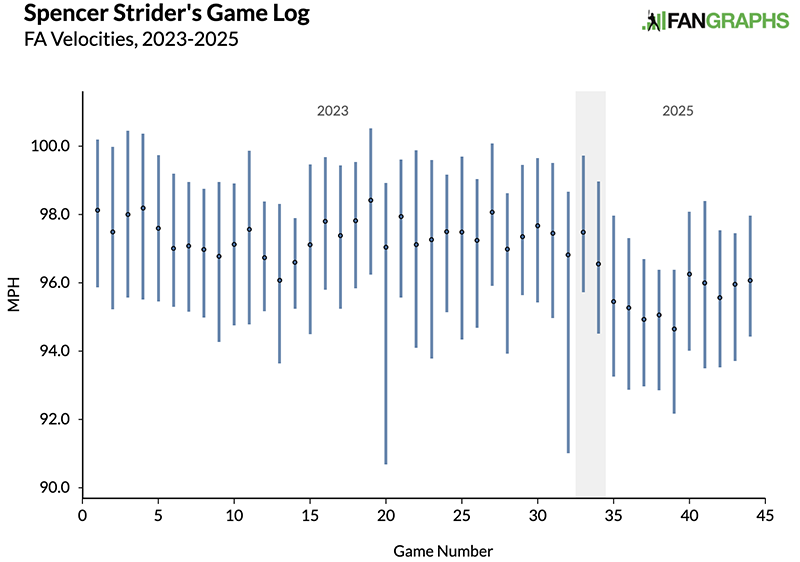
Over his first five starts, Strider’s four-seamer averaged 95.1 mph. Over his last five, it has averaged 96.0. Who knows whether he’ll get there, but he’s nearly halfway to his average velocity from 2023 of 97.2 mph. Strider’s velocity is still fading pretty dramatically as he gets deeper into games, indicating once again that he may still be building up his strength and stamina:
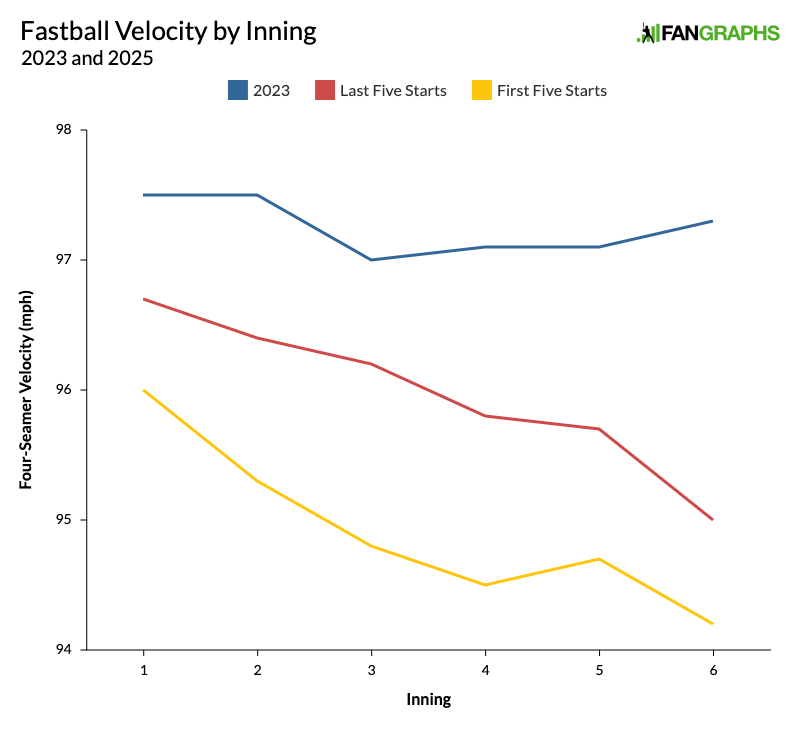
The other big concern I mentioned was Strider’s arm angle. It had fallen from an average of 48 degrees in 2023 to 41 this season. Last week, Hannah Keyser asked Strider whether the lower arm angle was an intentional decision, and he gave a fascinating answer:
No. And I don’t pay much attention to it. There’s so many things that are expected and also totally unpredictable when you’re rebuilding, just even season to season when you’re healthy, I think. So, no I don’t think much of it. And it really hasn’t — I don’t think that that’s impacted anything directly. That’s such a down-the-chain-of-mechanics type of thing. Everything that I’m concerned with is way upstream.
This blew my mind a little bit. First, it seems like an extremely healthy answer from a psychological perspective. Strider views his recovery as a marathon rather than a sprint, so he’s not going to sweat this particular concern right now. That’s pretty impressive. A million things, big and small, go into a successful, repeatable delivery, and he views arm angle as a thing that’ll take care of itself if everything else is in the right place. Lance Brozdowski made a similar point in an explainer video a couple months ago, mentioning that teams care less about the one arm angle number we see on Statcast and more about the granular biomechanical markers that go into it. In Strider’s case, you can see from the GIF I made back in June that the change in arm angle is much less about the relationship between his arm and his body, and much more about how far he’s tilting his torso:
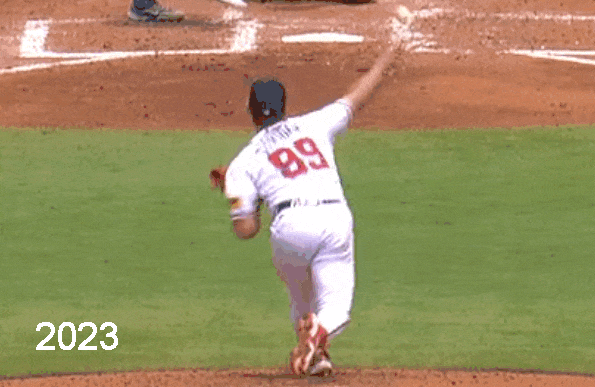
That said, I can’t say I agree that it hasn’t affected the quality of his pitches. No matter how you get there, arm angle really does matter. It’s a huge factor in stuff models, and for good reason. That high arm slot was one of Strider’s biggest weapons. It made his delivery unusual, and showing hitters something they’re not used to seeing gave him a huge advantage. More importantly, it allowed him to impart a huge amount of true backspin on his four-seamer, which gave the pitch its signature jumping-off-the-top-of-the-pitch-movement-chart rise. Coming from a lower slot, it has more horizontal break and a less rise. The change made it a lot more like all the other fastballs hitters are used to seeing. Pitching models downgraded it from excellent to way below average, and the results were ugly.
So while I understand what Strider is saying, I’m left with more questions than answers. The Braves are definitely aware that his fastball is a different, less dangerous pitch now that it has a lower release point. Strider isn’t working on raising his arm angle per se, but I’m still curious whether he thinks the mechanics that feed into it are where they need to be, or whether he wants to get back to where they were before the injury. I’m curious whether the Braves want him to work to get to that place, whether they think it’ll happen on its own over time, or whether they think it’s even possible.
What makes all this even more interesting is that Strider’s arm angle has crept up just a little bit in recent weeks. In 2023, Strider’s arm angle when he threw his four-seamer was 48.4 degrees. Over his first five starts, it was 41.7 degrees. Over his last five, it was 42.4. In theory, that should be encouraging, especially when you combine it with the uptick in velocity. But something else has happened too. Strider has continued to trade vertical movement for horizontal movement, which isn’t usually what happens when your arm angle rises. Over his first five starts, the pitch had 17.5 inches of rise and 8.2 inches of arm-side break. Over his last five starts, those numbers are 15.7 inches and 9.4 inches. As a result, despite the increased velocity, both PitchingBot and Stuff+ think the pitch has actually gotten slightly worse:
Spencer Strider’s Four-Seamer
| Time Period | PitchingBot | Stuff+ |
|---|---|---|
| 2023 | 67 | 118 |
| First Five GS | 51 | 94 |
| Last Five GS | 49 | 92 |
The pitch has performed somewhat better – running similar exit velocity numbers and higher whiff rates – but I suspect that’s more due to its location than its shape. Strider has stopped nibbling up at the top of the zone quite so much, and is going after hitters a bit more:
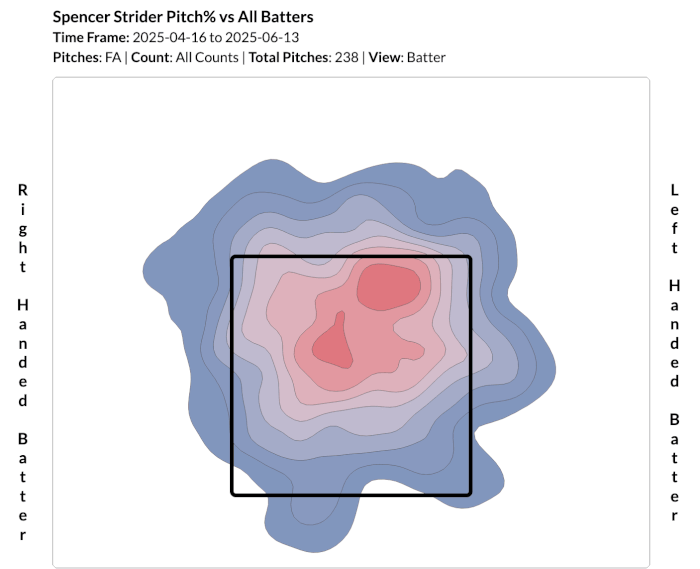
However, Brozdowski mentioned a few weeks ago that he wasn’t sure the change was intentional. “Watching his recent outings,” he wrote, “his four-seam targets don’t seem dramatically shifted from the away or up targets he had previously.”
That was quite a journey, so let’s recap. Strider’s fastball velocity has ticked up to 96 mph. That’s still more than a tick off his 2023 velo, but it’s an encouraging sign. His arm angle has also ticked up very, very slightly, but he’s lost even more rise on the fastball, so pitch models are grading it out worse. These are all small differences, maybe even small enough to be meaningless, but I will definitely be looking out for them going forward.
If that doesn’t sound to you like enough to completely turn around Strider’s season, you’re absolutely right. A slightly worse fastball that’s located a bit better isn’t enough to go from a 5.56 FIP to a 2.35 FIP. The biggest change has been to Strider’s slider. Here’s that same pitch modeling table, but for the slider rather than the four-seamer:
Spencer Strider’s Slider
| Time Period | PitchingBot | Stuff+ |
|---|---|---|
| 2023 | 52 | 120 |
| First Five GS | 42 | 99 |
| Last Five GS | 42 | 112 |
PitchingBot has never been big on Strider’s slider, but Stuff+ has, and it likes what it’s seeing right now. Over his past five starts, Strider’s slider has gone from 83.6 to 84.3 mph, added a tiny bit of rise, and lost 1.5 inches of glove-side break. With less sweep and more velocity, it’s more of a bullet slider than it was before, and it’s working. Its whiff rate has risen from 49% to 56%, and its hard-hit rate has fallen from 43% to 35%. Strider is throwing it more, often especially with two strikes. In fact, the only count in which he’s not throwing the slider more often is 0-0. Over his past four starts, he’s throwing the slider nearly 40% of the time, one of the highest rates for any individual breaking ball in the game. In other words, Strider is throwing the fastball just enough to get by and set up the slider. In fact, over his last five starts, he’s throwing the slider and fastball nearly 93% of the time; more than he did even in 2023, before he added his curveball.
When I checked in on Strider last month, I saw two possible paths for him. The first saw him unable to return to his previous heights. Without an unhittable four-seamer and slider combination, I figured he’d have to become a more complete pitcher, working in his rarely used curveball and changeup, and maybe even adding another couple pitches. The second path saw him getting his old stuff back, or at least something approximating his old stuff. At this point, he’s definitely closer to the second path than the first. He doesn’t have the fastball, but he’s got a great slider again, and he’s riding it just about as hard as it’s possible to ride it. So far it’s working, but it seems pretty clear that Strider is still figuring out who he is and who he can be as he works his way back.
